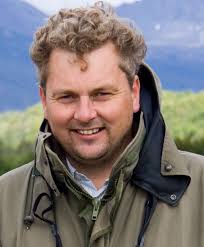Field test: why the Nikon D500 is the ultimate wildlife camera
The wait was worth it
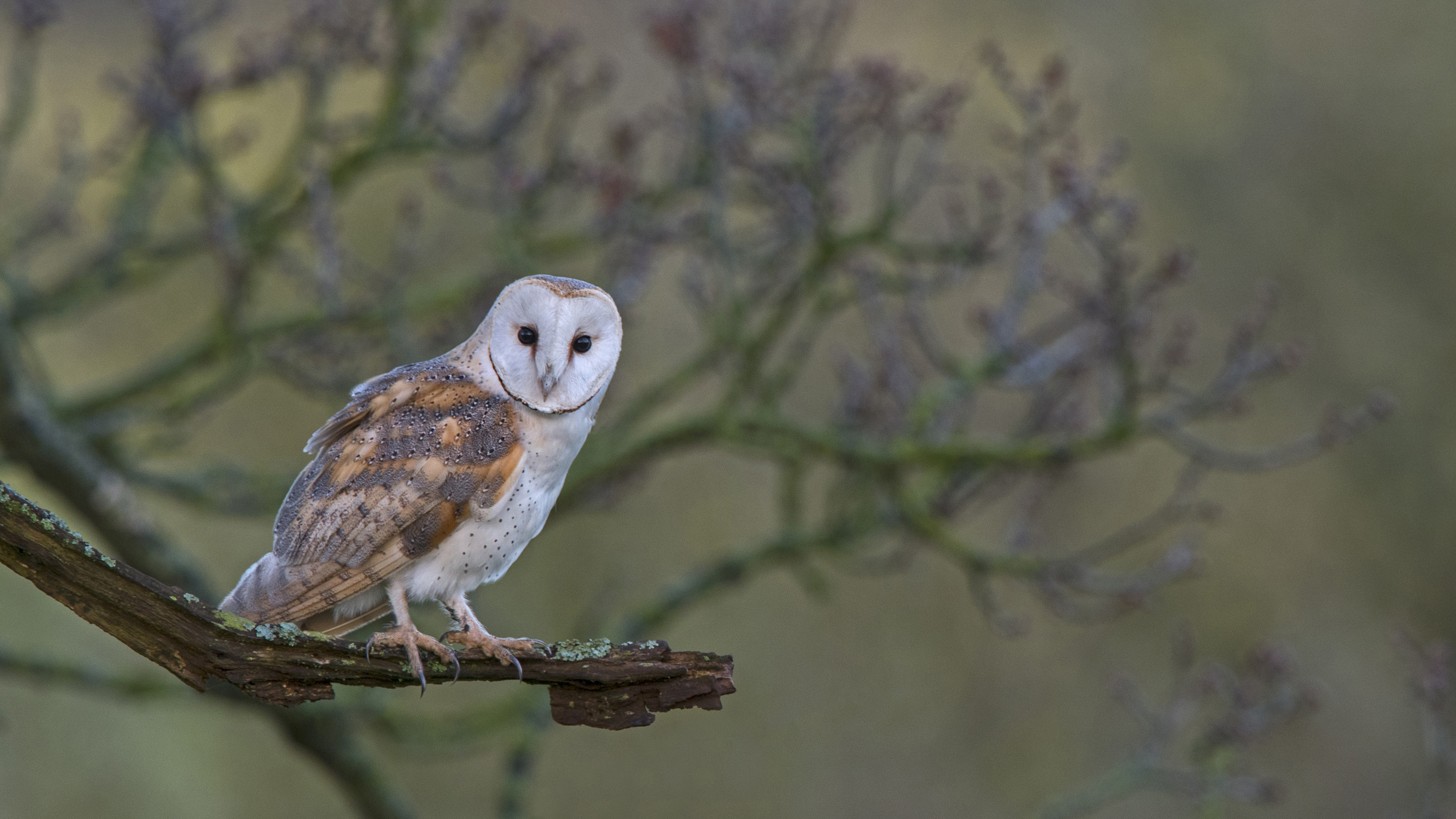
Although I photograph all aspects of the natural world my real passion is bird photography, and those of us who shoot birds have demanding requirements of a DSLR. We like cropped sensors to give us that extra reach on our long telephotos. We need a high frame rate to nail that bird in flight or freeze action at the perfect moment, which requires a good buffer too. Finally the camera should perform well at high ISOs to allow fast shutter speeds and be effective at dawn and dusk when birds can be at their most active.
Sports photographers have similar needs, but were well catered for with the D3, then the D4 and now the D5, all full-frame (FX) bodies packed with all the features a wildlife photographer desires, but lacking that cropped sensor and affordable price tag.
The D300S had been the body of choice in the cropped sensor (DX) lineup, but that was launched in 2009. After my D300 died I bought a Nikon D7100,which I used alongside a Nikon D4 and more recently a Nikon D810. All three bodies have their merits for different aspects of my photography. For shooting birds I was continually reaching for the Nikon D7100, but its slow frame rate and very poor buffer meant I missed some good shots.
In short, the Nikon D500 looked like the perfect body at an affordable price
Early last year I switched on my computer one morning to see that Nikon had announced the D500, alongside the D5, and I almost fell off my office chair in surprise. I was one of those who had stopped believing Nikon would ever give us a proper upgrade to the D300S. Scanning the specs I started to tick all the boxes: a 20.9MP sensor, the new super-fast autofocus system shared with the D5, the magic 10fps in Continuous capture mode, and a buffer to match. In short, this looked like the perfect body at an affordable price.
The D500 is feature-packed, but before getting into what's under the hood I must commend Nikon for making a body that feels really good to hold. It has a deep grip, which means that it feels good when you're using long lenses. On previous DX bodies I always felt the need to fit a battery grip to give that better balance and control; I have added a battery grip to my D500, but I'd suggest that doing so is not so necessary now.
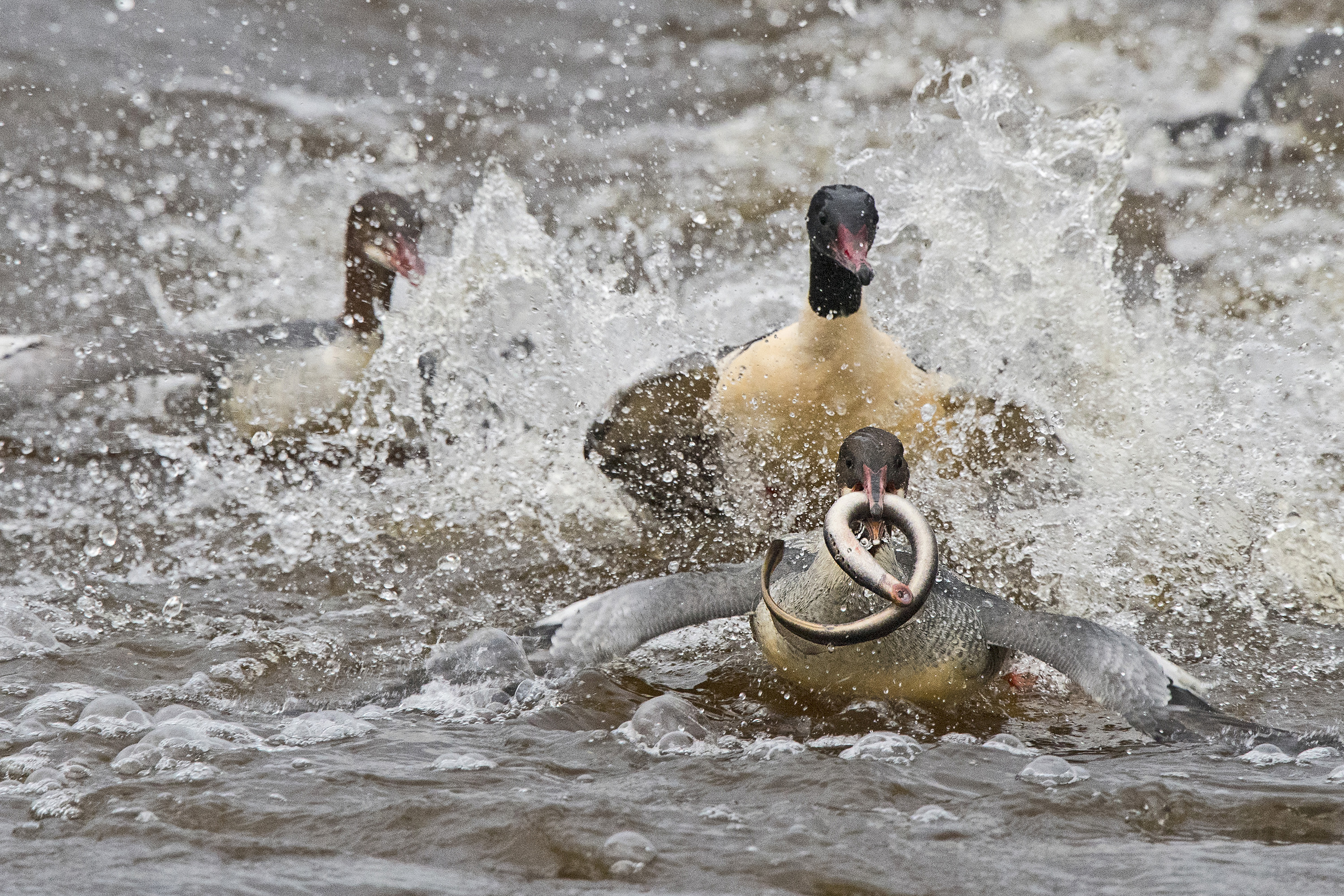
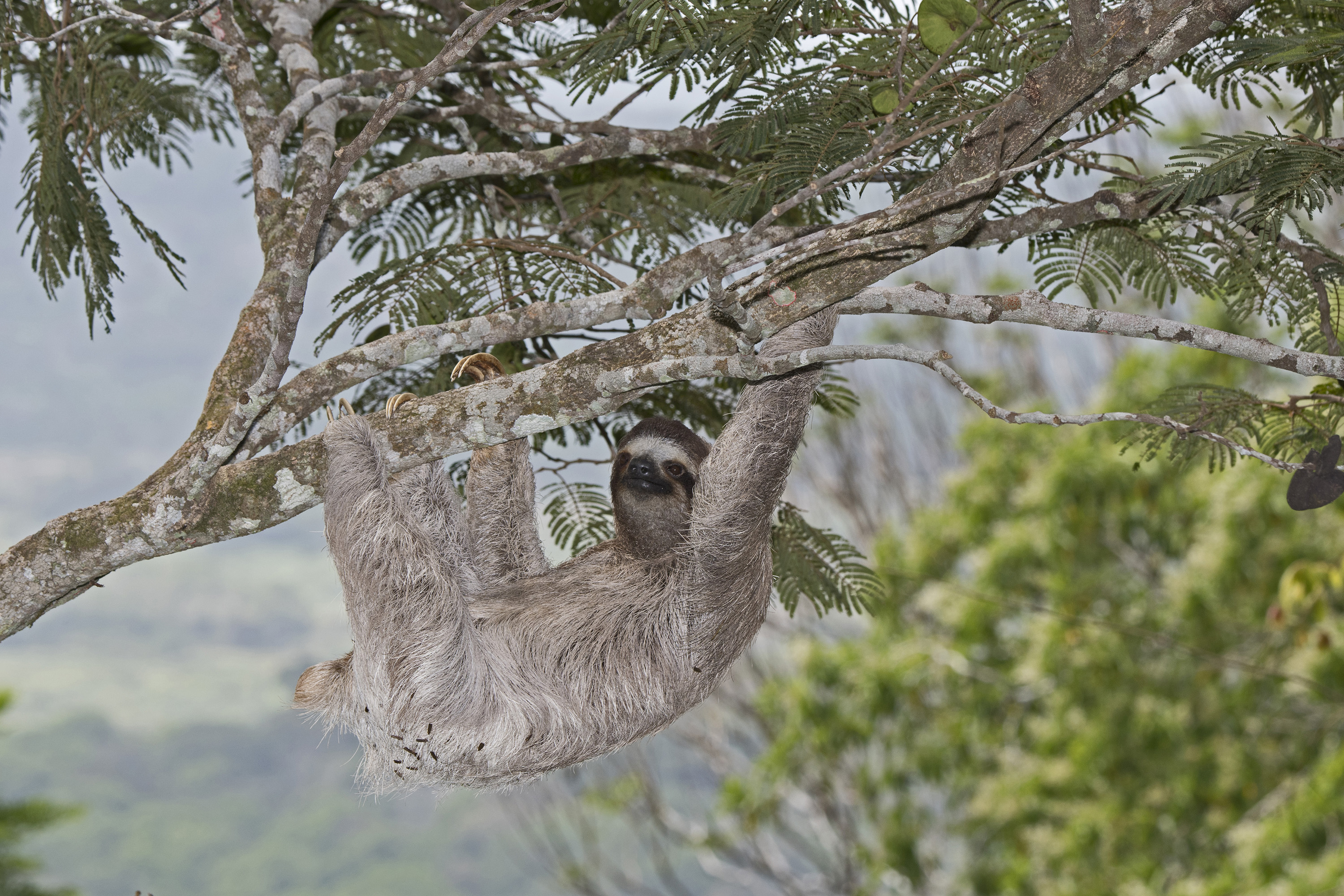
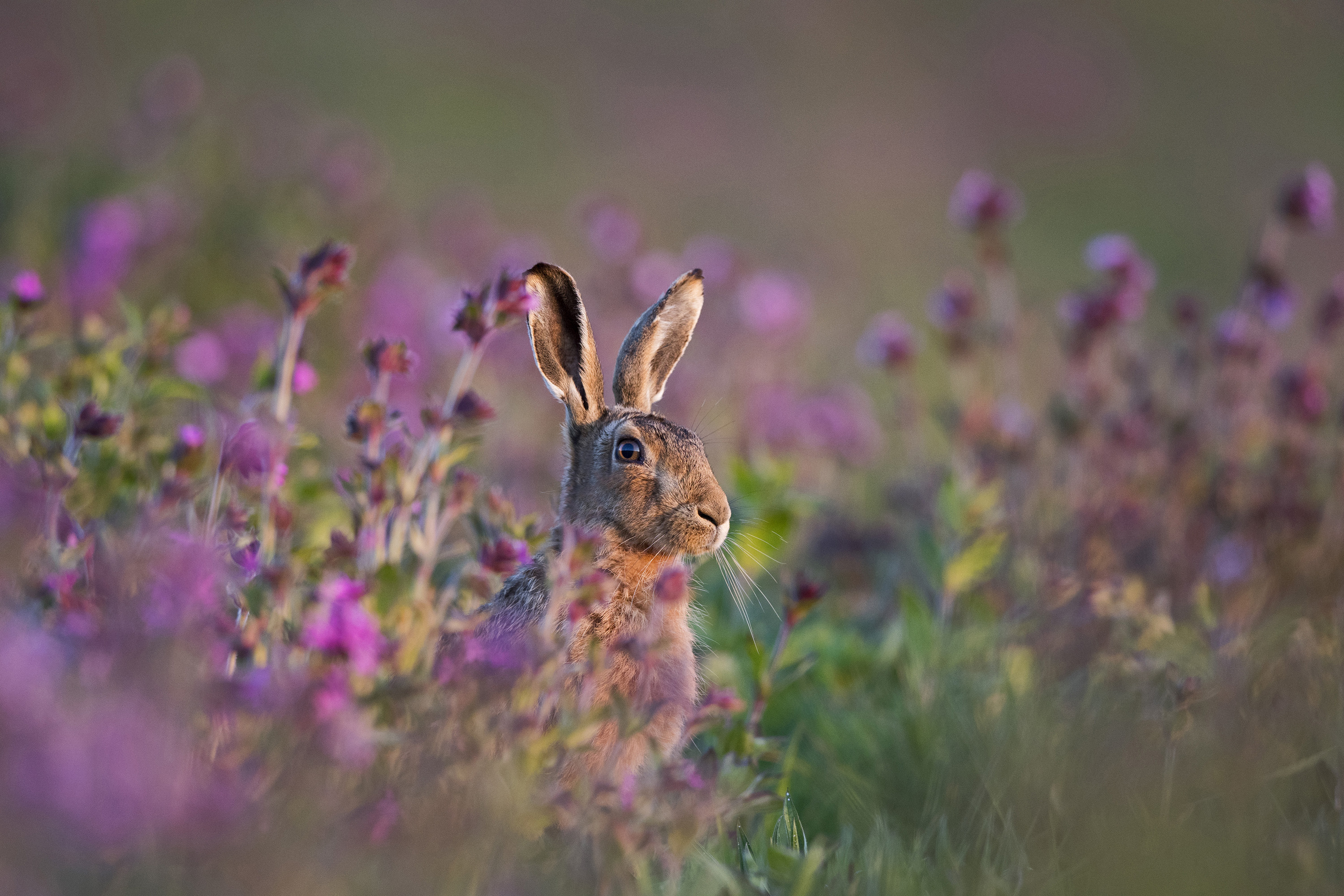
Overall the camera feels very solid, and I like the layout of controls. There's a dedicated ISO button just behind the shutter release, which means I can quickly adjust the ISO with my trigger finger while still looking through the viewfinder; this feature is much welcomed, and I hope it will continue with future bodies. A sub-selector for changing the focus point is perfectly positioned adjacent to the AF-ON button, enabling you to adjust the focus point rapidly with your thumb.
Another big plus is the tiltable touch-sensitive rear LCD panel. No more cricked necks or peering through angled viewfinders for those low-level shots; the panel, which clips out and tilts up and down, makes this a breeze. At first I ignored the touch interface, reviewing images the traditional way using the camera buttons; however I've now migrated over to using this feature exclusively for image review. You can swipe and pinch-zoom to 100% to quickly check that an area in the image is sharp. There are dual memory card slots for XQD and SD cards; the continuation of XQD helps to create the feeling that we have a camera aimed squarely at capturing action.
Get daily insight, inspiration and deals in your inbox
Sign up for breaking news, reviews, opinion, top tech deals, and more.
Autofocus performance
So what about performance? D5 owners had told me that autofocus performance had gone to the next level with that camera, so I was keen to see how the D500 would perform. Nikon calls the new autofocus module the Advanced Multi-Cam 20K. It's impressive, and my hit rate for tracking and nailing sharp frames of small birds in flight has gone up dramatically.
Autofocus performance does depend on which lenses you shoot with. With my Nikon 400mm f/2.8E VR FL lens, when used without teleconverters, it's very impressive. It's also visibly snappier with teleconverters mounted when compared to my D4. I also use the Nikon AF-S 80-400mm f/4.5-5.6G ED VR lens, and with this the camera is far more responsive than my D810 or D4, with a lot less hunting.

Recently I was standing on the edge of a gorge in Spain photographing red-rumped swallows. It was a good test of the D500’s ability to track subjects and stay on target, and its really snappy speed enabled me to lock onto these erratically flying birds to nail one or two sharp images each time they passed below; they're a subject I know I would have struggled with previously.
There are myriad autofocus settings, and the system is almost too complicated. I've tried the 25-point AF settings, and I was very keen to see how the 3D autofocus capability would work. For fast-moving wildlife subjects, after various experiments I've reverted to using single-point focus in AF-C mode, and shooting in short bursts of three or four shots; simple is often best.
The D500 is not a magic bullet when it comes to autofocus capability – I believe there's still a long way to go with the development of this – but it is undoubtedly a big step forward.
What about that all-important image quality? Well, at low ISOs I have no complaints – the D500's images really sing. At high ISOs there is an improvement over my D7100, although I would argue that this is negligible, especially when it comes to real-world use of pictures as opposed to pixel-peeping.
I try not to go much over ISO800, but have on a few occasions been forced to go to ISO2000, and I've been pleasantly surprised – it's at these high ISOs that I think the improvement can be best seen, and taken advantage of.
Final thoughts
So what is there not to like? My one disappointment is the lack of a pop-up flash; I've found pop-up flashes so useful at times. Also, the cost of Nikon’s own battery grip is ridiculous when compared to third-party grips that do the job. Battery life could be better too, especially if you dabble in shooting video alongside stills. But minor gripes aside, the D500 is for me currently the best Nikon body for bird photography, and has undoubtedly helped me raise my game.
David Tipling is one of the most widely published wildlife photographers in the world. His pictures have appeared on hundreds of book and magazine covers, and have been used in many other ways, from wine labels to being projected in New York’s Times Square. www.davidtipling.com
- Read our full review: Nikon D500
David Tipling is one of the most widely published wildlife photographers in the world. His pictures have appeared on hundreds of book and magazine covers, and have been used in many other ways, from wine labels to being projected in New York’s Times Square
